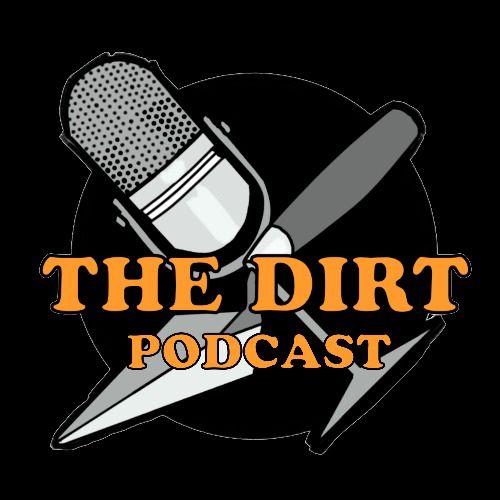Episode 6
An Inkling of Tattoo History
We POKE AROUND the subject of tattoos. What are the oldest ones? What do they mean? How were they made? This one gets under our skin.
To learn more about tattoos and tattooing through the ages:
Siberian Princess reveals her 2,500 year old tattoos (The Siberian Times)
Inside the World’s Only Surviving Tattoo Shop For Medieval Pilgrims (Atlas Obscura)
Algeria's Tattoos: Myths and Truths (Pulitzer Center)
Inked Heritage: Berber Women’s Tattoos In Algeria (HuffPo)
Vegetius' De re militari
Can Tattoos Be Medicinal? (Smithsonian.com)
Scientists Have Mapped All of Ötzi the Iceman’s 61 Tattoos (Discover)
Skin and Bone (Colin Dale, tattoo artist)
FYI: What Makes Tattoos Permanent? (Popular Science)
Deter-Wolf, Aaron; Robitaille, Benoît; Krutak, Lars; Galliot, Sébastien (February 2016). "The World's Oldest Tattoos". Journal of Archaeological Science: Reports. 5: 19–24.
Gilbert, Steve (2000). Tattoo history: A source book (Paperback). New York, NY: Juno Books. ISBN 978-1-890451-06-6. Retrieved 10 July 2015.
Jones, C. P. (1987). "Stigma: Tattooing and branding in Graeco-Roman antiquity". Journal of Roman Studies. 77: 139–155.
Samadellia et al., (2016) Complete mapping of the tattoos of the 5300-year-old Tyrolean
Iceman. Journal of Cultural Heritage 16: 753-758

